10 results in Cambridge Introductions to Music
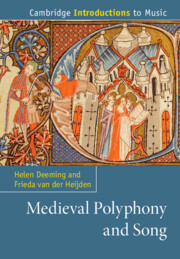
Medieval Polyphony and Song
-
- Published online:
- 27 April 2023
- Print publication:
- 11 May 2023

Musical Notation in the West
-
- Published online:
- 28 January 2021
- Print publication:
- 18 February 2021
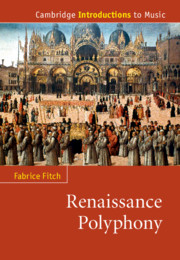
Renaissance Polyphony
-
- Published online:
- 13 August 2020
- Print publication:
- 27 August 2020
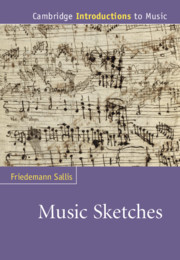
Music Sketches
-
- Published online:
- 05 February 2015
- Print publication:
- 29 January 2015

Program Music
-
- Published online:
- 05 January 2015
- Print publication:
- 15 January 2015

Gregorian Chant
-
- Published online:
- 05 October 2014
- Print publication:
- 17 December 2009
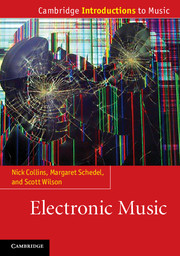
Electronic Music
-
- Published online:
- 05 May 2013
- Print publication:
- 09 May 2013
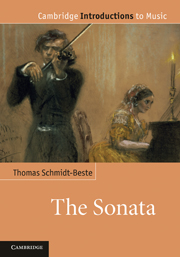
The Sonata
-
- Published online:
- 05 April 2013
- Print publication:
- 10 March 2011
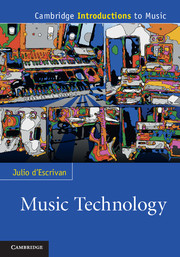
Music Technology
-
- Published online:
- 05 June 2012
- Print publication:
- 24 November 2011

Opera
-
- Published online:
- 05 June 2012
- Print publication:
- 16 February 2012

